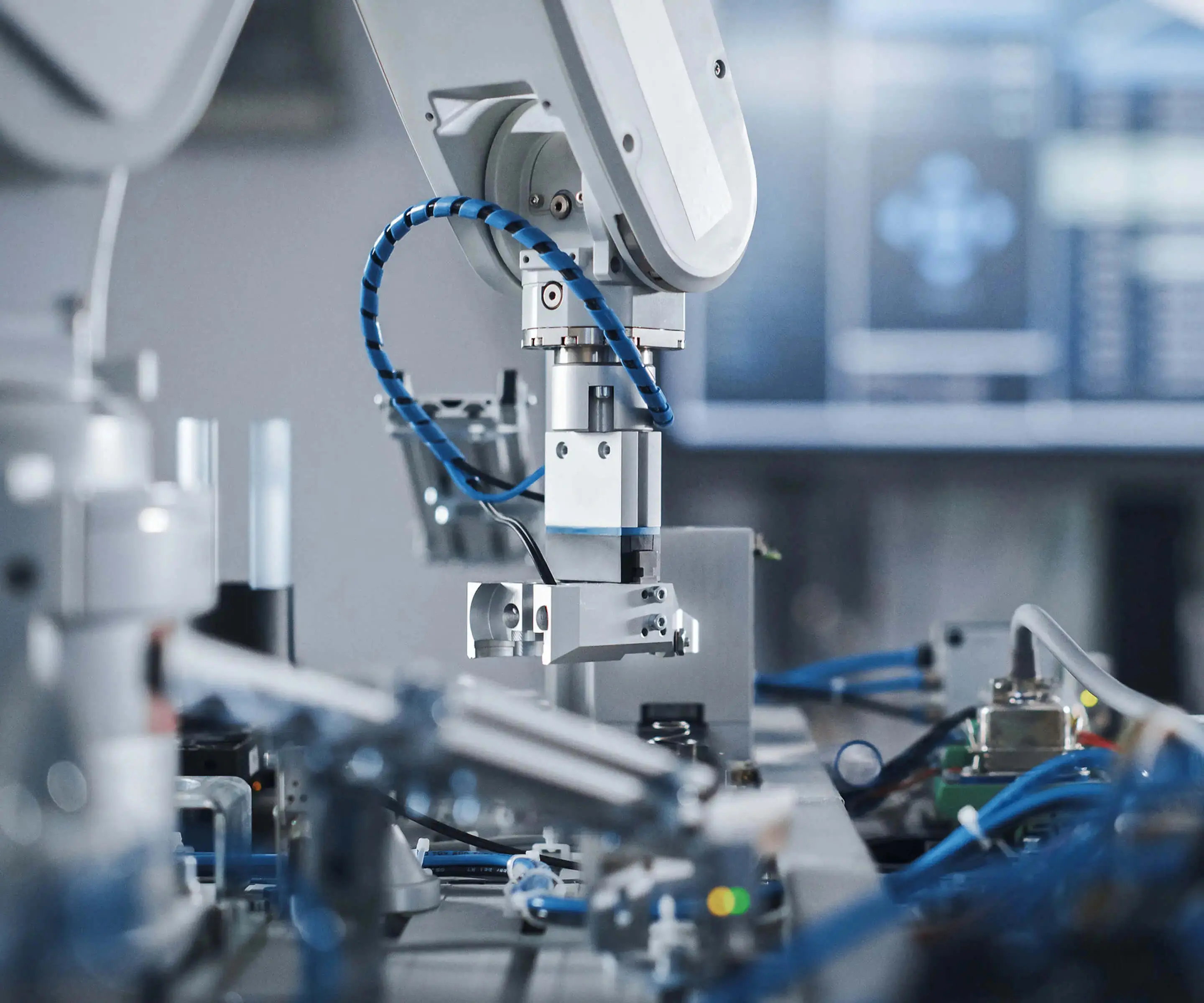Navigating the world of microservices coding interview questions feels like stepping into a maze. You think you’ve got it down, then bam — a tricky question pops up that makes you second-guess everything. It’s a marathon, not a sprint, and that’s where solid preparation makes all the difference. The key isn’t just memorizing answers; it’s developing a mindset that transforms these questions into opportunities to showcase your understanding of system design, scalability, and fault tolerance.

Imagine sitting in an interview, faced with a prompt asking you to break down the architecture of a distributed system. Your pulse races a little, but then you remember—this isn’t just about regurgitating facts. It’s about framing your thoughts clearly, demonstrating an understanding of how different microservices communicate, and what happens when things go wrong. The questions often dive into topics like database management, API Gateway configuration, or load balancing. Being familiar with these areas, and knowing how to tackle them on the spot, can turn a daunting scenario into a win.
A common interview question might be, “How do you ensure data consistency across multiple microservices?” Think through it—does your answer span eventual consistency, distributed transactions, or event sourcing? Each choice speaks volumes about your grasp on real-world challenges developers face. When someone asks about handling failures gracefully, it’s a chance to bring up circuit breakers, retries, or fallback mechanisms that keep the system resilient.
What’s interesting is that some questions seem to test not just technical knowledge but your problem-solving instincts. For instance, a scenario might present a sluggish response time. Instead of just throwing out generic solutions, you could pinpoint specific bottlenecks—like inefficient database queries or resource contention—and suggest targeted fixes. This kinda thinking turns theoretical knowledge into practical insight.
It’s also worth noting how pattern recognition plays into these questions. Recognizing that a certain problem resembles a common design pattern—say, Saga or CQRS—can help craft a coherent response. It’s like pulling a toolkit out of the metaphorical bag and applying what fits best.
The beauty of focusing on microservices questions? It’s all about adaptation. You’re tested on how quickly you can synthesize new info, lay out solutions, and be adaptable to different architectures. The more varied the questions you’ve practiced, the more confident you’ll be when faced with unexpected challenges.
In essence, mastering these questions isn’t just about memorization. It’s about cultivating a flexible, sharp mind that can connect the dots on the spot. Dive into real-world scenarios, keep yourself curious, and remember—you’re not just trying to impress; you’re showcasing a toolkit that can build, troubleshoot, and innovate. That’s what earns trust, and trust is what turns a good interview into a great opportunity.
Established in 2005, Kpower has been dedicated to a professional compact motion unit manufacturer, headquartered in Dongguan, Guangdong Province, China. Leveraging innovations in modular drive technology, Kpower integrates high-performance motors, precision reducers, and multi-protocol control systems to provide efficient and customized smart drive system solutions. Kpower has delivered professional drive system solutions to over 500 enterprise clients globally with products covering various fields such as Smart Home Systems, Automatic Electronics, Robotics, Precision Agriculture, Drones, and Industrial Automation.




































